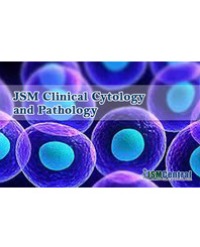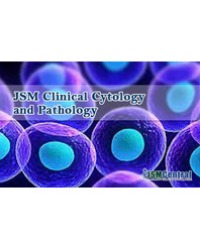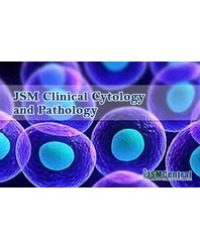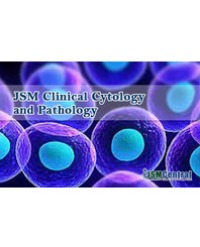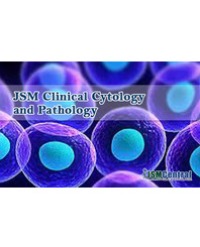
Metastatic Basal Cell Carcinoma to the Iliac Bone - Case Report and Brief Review of the Literature
Basal cell carcinoma (BCC) is the most common human cancer and represents a growing public health care problem. Although it is known that basal cell carcinoma is minimally associated with the risk of metastasis, this risk is increasingly reported in recent years. As BCC tumors display great variability in morphology, aggressiveness, and response to treatment, there is a need for further understanding of these tumors including diagnosis, molecular alterations, and management. In this report, we present a case of an 88-year-old man with history of BCC of the skin of his right breast, which eventually lead to death due to wide metastatic disease. We describe the features associated with the risk of metastasis and provide a brief review of the current literature.
Elizabeth Imperial*, Celeste Hurley, Simran Vobbilisetty, Mallika Sharma, Manpreet Mahal, David Adelstein, Ashirbad Panta, and Mohamed Aziz

